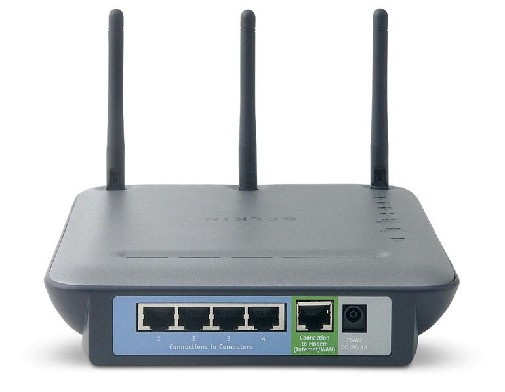
There are times when you may need to access your router to make changes to the current settings or carry out necessary updates. Before you can access your router you will need to know your router’s IP address and the admin login and password. Be careful when changing the configuration that is currently enabled. It is possible for serious issues to arise if you tamper with the wrong settings.
Required Tools
- Wired or Wireless Router
- Personal computer running Microsoft Windows, Linux, or MacOS
Required Materials
- Web Browser
Instructions
- To begin you will need to find the IP address of your router. The router’s default address is typically 192.168.0.1 or 192.168.1.1 although there are many other possible default addresses based on the brand of router. If you do not know your router’s address or you changed the address and do not currently remember it you may need to reset the router to the factory default settings.
- Ensure that your router is connected to the computer via an ethernet cable or through your wireless connection. If you are not picking up your router check to see that your router is plugged into a socket with all the essential indicator lights lit. If you still do not have a connection check your internet source (modem) and see if there is any activity. If not, you will need to re-establish a connection at the modem.
- Open your Web browser. Copy and paste your IP address into the address bar or type in the actual digits and press enter. On some browsers you may have to place http:// before your IP address: http://192.168.2.1. Once you have entered this you should be directed to your router’s configuration page.
- At this stage you will need to enter your username and password. If you have not used it before it will be the default useranme and password. For example, admin in both username and password fields is a common default. If you do not know what your default password is, check the manual or go online and check external sites that may have this information.
- If at any point you get an error message this may signal a problem with your connection. You will have to diagnose the exact problem. It may be a router issue. If this is the case, turn off your router for ten seconds and then re-start it. It should be able to read your router properly at this point. If you still cannot access the router you may need to temporarily remove your firewall, which can block the connection. You may also need to restore the default factory settings for your router, which you may be able to do by consulting the manual.
Tips and Warning
- It is best to use an ethernet connection especially if this is the first time you will be using the router. If your wireless connection drops you may lose the ability to communicate with the router. The ethernet cable will continue to function even if there are any connection disruptions.
- Ensure your router and all other computer components are grounded by a surge protector.
Edward Gerard writes on networking topics for a variety of publications.










Comments